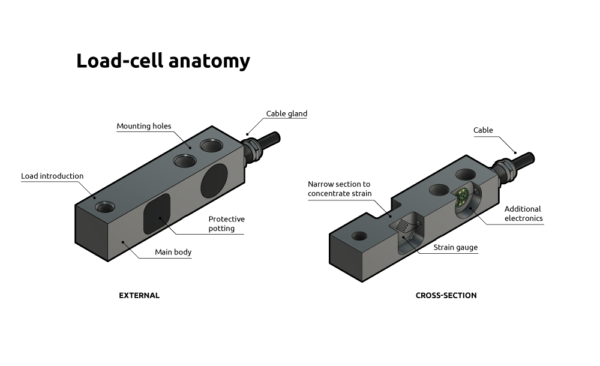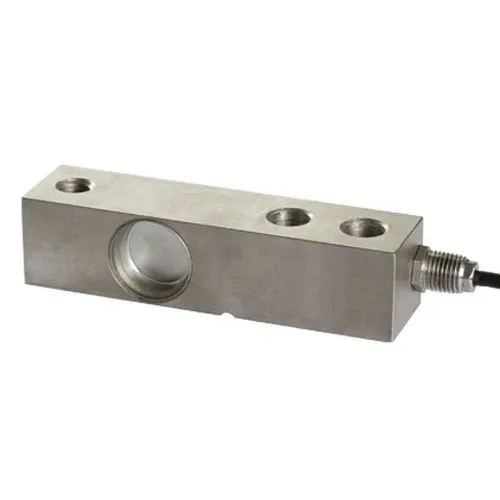
How Do Load Cells Work?
A load cell works by converting mechanical force into digital values that the user can read and record. The inner working of a load cell differs based on the load cell that you choose – there are, for example, hydraulic load cells, pneumatic load cells, and strain gauge load cells. With their wide range of features and capabilities, strain gauge load sensors are the most commonly used among the three types, specifically for weighing applications – including industrial scales, medical scales, and even retail scales. Strain gauge load cells contain strain gauges within them that send up voltage irregularities when under load. The degree of voltage change is covered to digital reading as weight.
When to Use a Load Cell
A load cell measures mechanical force, mainly the weight of objects. Today, almost all electronic weighing scales use load cells because of the accuracy with which they can measure weight. Load cells find their application in a variety of fields that demand accuracy and precision. There are different classes to load cells (Class A, Class B, Class C, and Class D), and with each class, there is a change in both accuracy and capacity.
Load Cell Types
Load cells represented the first major design change in weighing technology. In today’s processing plants, electronic force sensors are preferred in most applications. Types of load cells can be distinguished according to the type of output signal generated (pneumatic, hydraulic, electric) or according to the way they detect weight (bending, shear, compression, tension, etc.).


